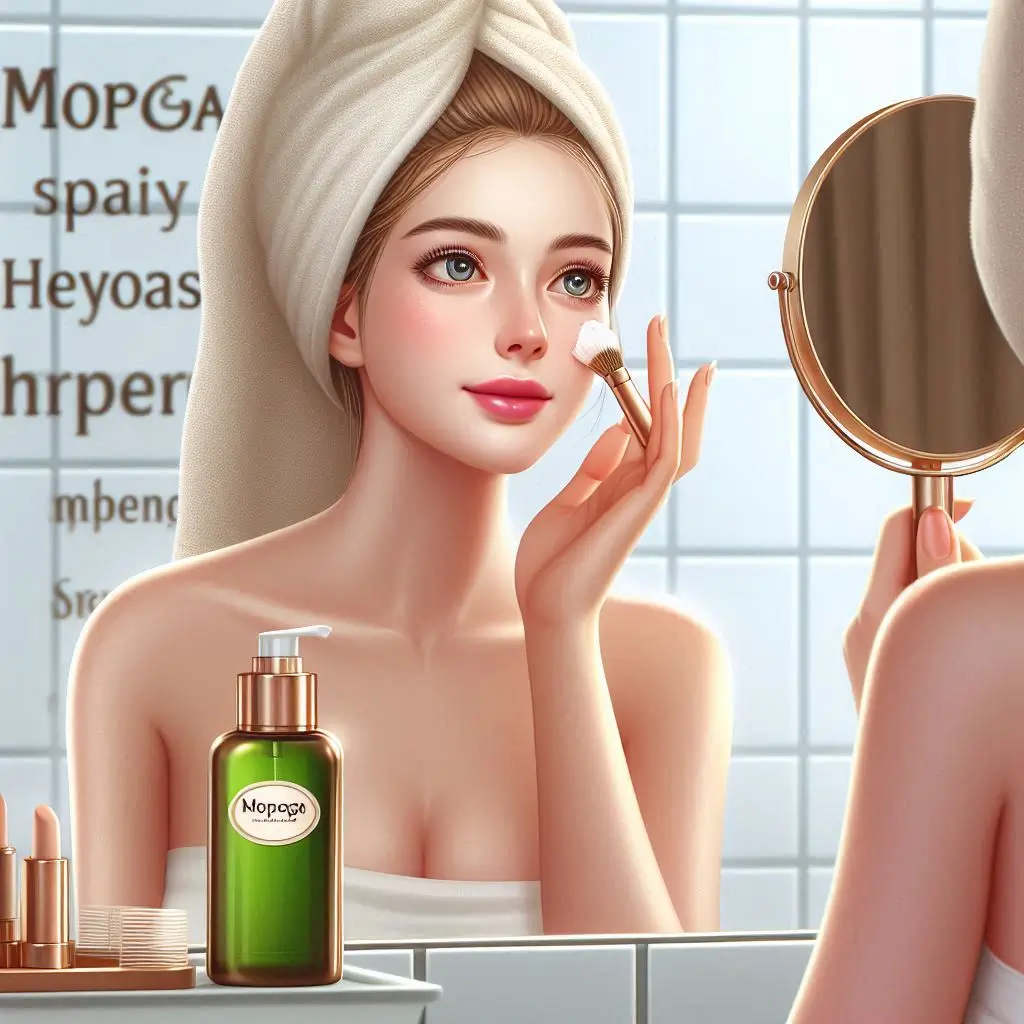Introduction
In a groundbreaking unique beauty solution combines centuries of oriental skincare experience with the latest advances of modern science, making it an innovative solution that has taken both beauty addicts and skin experts by storm. Read this in-depth post and find out how Mopoga is transforming the beauty industry and why it could be the answer to your prayers.
What is Mopoga?
Understanding the Fundamentals
Mopoga is a completely beauty secret fine-tuned by modern research and technology. At the heart of Mopoga’s philosophy lies the fundamental principle of attaining ideal skin health with considerate, holistic approaches.
The Science Behind Mopoga
Mopoga’s unique mix of active ingredients and application methods is what makes it so effective.
- Bioactive compounds that enhance cellular regeneration
- Natural antioxidants that combat free radical damage
- Moisture-binding elements that improve skin hydration
- Plant-based enzymes that promote gentle exfoliation
The Mopoga Beauty System
Core Principles
The Mopoga beauty system operates on three fundamental principles:
- Balance and Harmony
- Natural Synergy
- Sustainable Results
Application Methods
For optimal results, Mopoga should be incorporated into your skincare routine by following these steps:
- Morning Ritual
- Gentle cleansing with Mopoga-based cleanser
- Application of essence
- Targeted treatment
- Moisturization
- Sun protection
- Evening Ritual
- Double cleansing
- Mopoga treatment mask
- Intensive repair serum
- Night restoration cream
Benefits of Mopoga
Skin Health Improvements
Clinical studies have demonstrated several significant benefits:
| Benefit | Percentage of Users Reporting Improvement | Time Frame |
| Hydration | 92% | 2 weeks |
| Texture | 87% | 4 weeks |
| Tone | 85% | 6 weeks |
| Fine Lines | 78% | 8 weeks |
Long-term Results
With regular usage, Mopoga has been reported to have cumulative benefits, and the users have noticed the following:
- Enhanced skin elasticity
- Diminished signs of age spots
- Improved overall complexion
- Better resistance to environmental stressors
Incorporating Mopoga into Your Routine
Getting Started
Beginning your Mopoga journey requires careful consideration of your skin type and concerns. Start with these steps:
- Skin Assessment
- Product Selection
- Patch Testing
- Gradual Integration
Common Mistakes to Avoid
- Rushing the process
- Mixing incompatible products
- Inconsistent application
- Overlooking patch tests
The Science of Mopoga
Research and Development
Recent studies published in the Journal of Cosmetic Science show that Mopoga’s lively compounds penetrate as much as 25% deeper than standard skincare actives.
Innovation in Formulation
MopMopoga’slopment process consists of:
- Advanced extraction methods
- Molecular stabilization
- Bioavailability enhancement
- Natural preservation systems
CustomizMopoga’sga for Different Skin Types
Dry Skin Protocol
Those with dry skin should focus on the following:
- Higher concentration of hydrating compounds
- Extended application times
- Additional moisture-locking steps
Oily Skin Adaptations
For oily skin types:
- Light, non-comedogenic formulations
- Enhanced purifying elements
- Oil-balancing components
Sensitive Skin Considerations
Special adaptations for sensitive skin include:
- Reduced concentration of active ingredients
- Additional soothing compounds
- Gentler application methods
Cost-Benefit Analysis
Investment Considerations
While Mopoga products may require a higher initial investment, long-term benefits often result in reduced overall skincare costs:
| Aspect | Traditional Skincare | Mopoga System |
| Initial Cost | Lower | Higher |
| Monthly Maintenance | Higher | Lower |
| Product Efficiency | Variable | High |
| Long-term Results | Inconsistent | Consistent |
Conclusion
The Mopoga beauty secret is a multifaceted approach that, when understood and implemented correctly, can bring long-term changes to the quality and health of your skin.
Mopoga is the first step in transforming your skin health into a beauty routine. Because this is highly individual, you should work with a skin professional to help you create a protocol that is best for you.
Just know that beautiful skin is healthy, and Mopoga offers the tools and methods for both. at Erome

